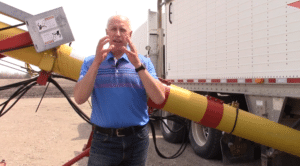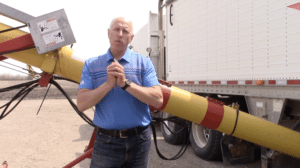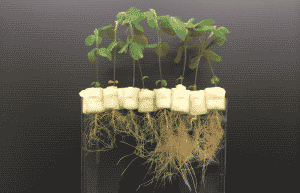Soil Macronutrient
Timing:
SoilNutrient Type:
MacronutrientFormulation:
Liquid
Why a Soil Macronutrient?
To properly meet the macronutrient (Nitrogen, Phosphorus and Potassium) needs of the crop, a soil applied application, either in the fall or at the time of planting, is required. The 4R program by CFI, fits nicely when looking at macronutrient management. Two of the 4 “R’s” (the Right Form and Right Placement) are of particular importance when looking at immobile macronutrient such as phosphorus.
The other piece to consider is what factors impacts the availability of these nutrients within the soil system. In the case of phosphorus, soil temperature, texture and to a lesser extent, moisture and pH affect the availability. As a result it is critical to place phosphorus close to the seed and use a plant available form to optimize nutrient uptake and efficiency by the plant.
There are a number of benefits of using a soil applied macronutrient that include (but not limited to):
- Can apply a full years supply (or more) of the nutrient to the crop.
- If not used by the crop in year 1, there is residual benefits of these nutrients up to 4 years (in the case of phosphorus).
- Air seeders and other planting equipment are built to handle all macronutrients and at a wide range of rates.
- Precision placement is possible to ensure immediate availability to the seedling while eliminating any potential toxic effects.
- All nutrients can be preblended in either or granular or liquid form.
To confirm if and how much of each macronutrient is required, it is recommended to do a complete soil analysis for each field. Be sure to include the crop being grown when performing the soil sample as each crop is unique in terms of their macronutrient requirements.
Related Articles

Got P? Solutions to Address the Tight Supply
How to ensure you ‘Got P’? This spring, phosphate supplies have been tight and shortages have been reported across Western Canada. Watch the video below (3.5

Got P?
https://vimeo.com/656261398 Did you know 90% of our soils are phosphorus responsive? In a typical rotation, the removal rate of phosphorus exceeds the application amount,

Watch the Video – Learn how to overcome seed nutrient imbalance
Did you know 90% of seeds are nutrient imbalanced? Every year we’re faced with the stressful environmental conditions that come with spring seeding. Seed nutrition

